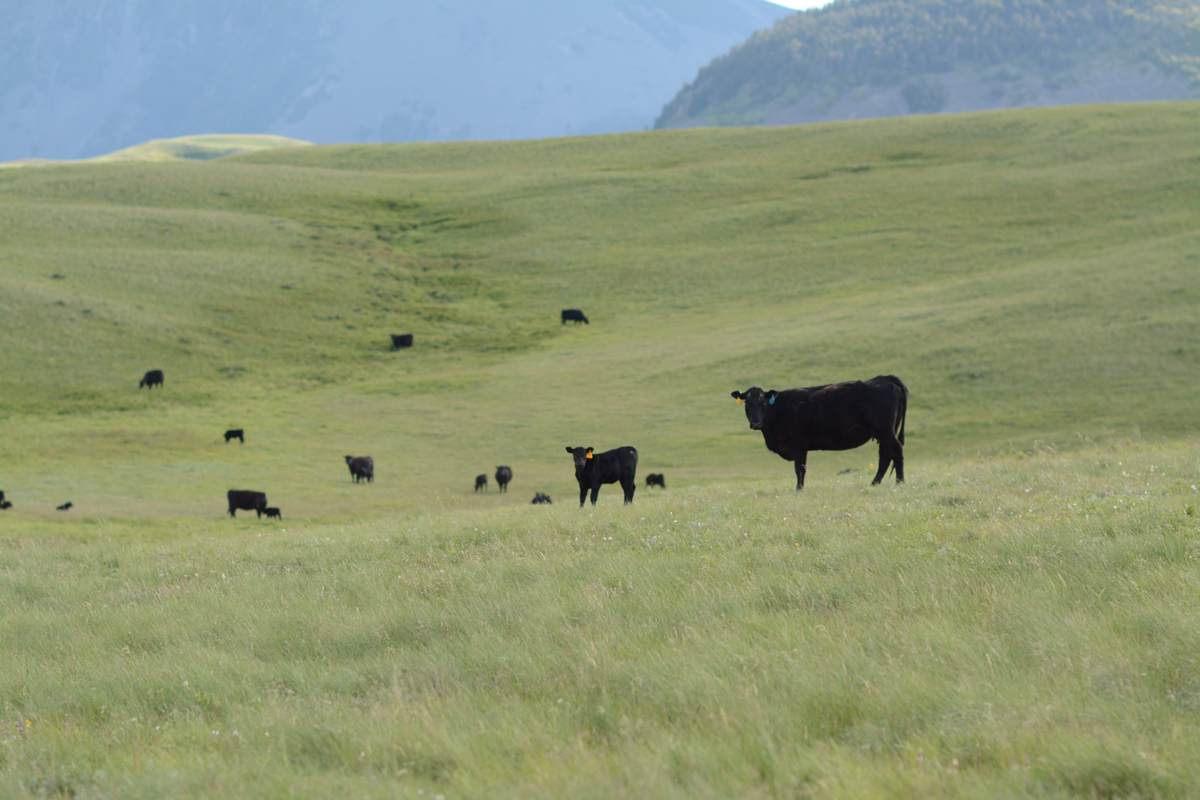
Decide Sooner
by Justin Sexten, Ph.D.
While many of you are in sire buying mode this time of year, more are deciding whether this year’s bull calves retain the ability to become sires.
Castration at birth is ideal, but catching them on day one can be a challenge in extensive operations. Castration at branding or turnout offers a balance between handling ease and minimizing calf stress.
Some may delay castration to increase weaning weight, and indeed, neutering at turnout along with an age-appropriate growth implant shows pre-weaning performance comparable to intact males without adding to stress at weaning. Cut-and-healed steers at weaning have a more flexible marketing window as well.
A few defer castration beyond weaning in pursuit of natural market premiums, figuring testosterone can replace the implants banned by marketing programs. That’s a shortsighted model, considering calves castrated at weaning present a greater health risk down the road.
We’ve heard the suggestion that improved genetic potential in cattle today supports early castration without an implant while calves are nursing. That’s an interesting theory, but no current data supports such a break with technology. Could a combination of genetic improvement and environmental constraint limit calf growth before genetic or technology-supported potential is achieved?

Nearly every bull arriving intact at a feedyard is castrated, so postponing simply delays the inevitable. A recent article in “Translational Animal Science” by Ball et al from West Texas A&M and the University of Arkansas demonstrates consumer impacts of failing to make timely sire-selection decisions.
The experiment looked at feeding intact males compared to castration by banding at feedyard arrival. Performance data were not surprising. Bulls had the higher hot carcass weight at 911 pounds (lb.), compared to late-banded steers at 806 lb. The continual quest for more market weight by leaving males intact was achieved. The banded calves were not implanted at the feedyard, further contributing to this carcass weight difference.
Quality grade differences between the groups were stark. Calves harvested as intact bulls were 28% Choice and 71% Select or Standard while bulls banded at feedlot arrival were 56% Choice and 44% Select and Standard. None of the cattle achieved Prime. We don’t know percent Choice for these calves had they been managed for more age-appropriate castration, but what we do know shows a clear example of how a simple management practice can influence quality grade. It is well known that the longer calves remain bulls, the greater the reduction in quality grade.

When strip steaks from this experiment were offered to a taste panel, quality differences remained. Tenderness, juiciness and flavor were greater for steaks from banded steers than those from the bulls. Steaks from bulls were also numerically tougher on a Warner-Bratzler shear test than those from steers.
If you’re wondering why such an experiment was required to affirm what we know already about feeding bulls, let me add that one trial group looked at an experimental chemical castration method, that was unable to improve quality beyond bulls. The reason for that exploration? Growing consumer concern about painful management practices.
The beef industry has responded to consumer demand for a high-quality beef eating experience. Currently we produce more Prime, Certified Angus Beef® brand and Choice than ever before. Today, a great eating experience at the table includes consumers looking to have a greater say in how we produce beef in the future.
This report, while looking at a new management tool to address a changing consumer, provides a reminder of how fast a small change can influence eating quality. Early castration still serves as an example where best management practices extend beyond end-product quality and address the consumer’s desire to know not only the “why” but increasingly the “how.”
you may also like
Raised with Respect™ Cattle Care Campaign Launched This Fall
Raised with Respect™ was developed as part of a strategic cattle care partnership between Sysco and CAB. The collaboration focuses on supporting farmers and ranchers, equipping them with continuing education to stay current on best management practices and helping to increase consumer confidence in beef production.
Drought Impact and Cattle Industry Dynamics
As drought conditions persist across much of cattle country, farmers and ranchers are at a pivotal juncture in the cattle industry’s landscape. What impact does this prolonged dry spell have on the nation’s herd numbers? When will heifer retention begin? How will industry dynamics influence the spring bull sale season?
You, Your Cows and Their Feed
Expert guidance from Dusty Abney at Cargill Animal Nutrition shares essential strategies for optimizing cattle nutrition during droughts, leading to healthier herds and increased profitability in challenging conditions.



